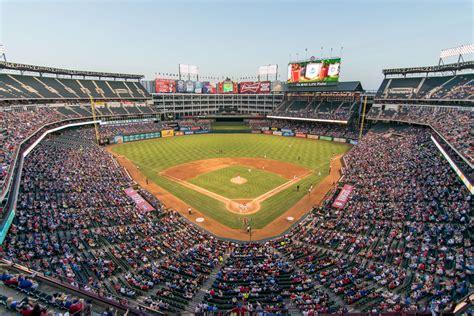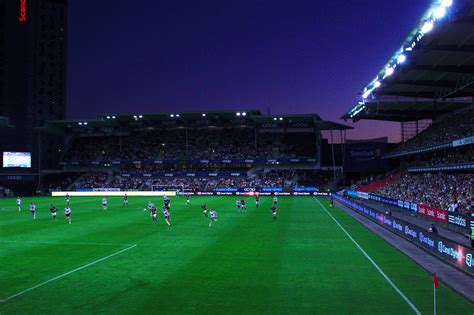Erling Haaland, the record-breaking striker at Manchester City, has been making headlines not just for his impressive 80 Premier League goals in two and a half seasons but also for his jaw-dropping £500,000-a-week salary. Some may find this figure absurd or even obscene given societal challenges like child hunger; however, delving deeper reveals a fascinating world where such astronomical wages actually make sense.
The Rise of Sporting Super Elite
In today’s sports landscape, the gap between superstar athletes and their peers is widening. This phenomenon, known as the “superstar” effect by economists, explains why top-tier players like Haaland command such exorbitant salaries. It’s not just about performance on the field but also marketability and revenue generation off it.
Expert insights suggest that paying top players like Haaland now can prevent rival clubs from poaching them later. Additionally, the longevity of elite athletes’ careers is increasing, with many maintaining peak performance well into their 30s. This trend underscores the strategic investment that clubs like Manchester City are making in securing talent for the long term.
The Value of Superstars
While it may seem outrageous for a single player to earn millions annually, there is a clear correlation between talent level and economic impact in modern football. Research indicates that having a world-class striker or winger can translate to crucial points in a season—potentially determining league standings and success.
Moreover, the concept of consumer psychology plays a significant role in driving up salaries for superstars. In today’s globalized world where technology connects fans worldwide instantaneously, the allure of witnessing top athletes in action transcends borders. Fans are willing to pay a premium to witness greatness firsthand or through various media platforms.
A New Era of Fan Engagement
The evolution of fan engagement with sports has transformed how audiences perceive and interact with star players. Unlike decades ago when local performances stayed relatively insulated within regions, today’s fans have access to real-time updates and highlights from international sporting events at their fingertips.
This shift has contributed to an increased demand for elite talents like Erling Haaland, whose exploits on the pitch captivate audiences globally. The influx of new technologies and media channels has amplified the superstar effect, making these players more valuable assets both athletically and commercially.
In conclusion…
When evaluating Erling Haaland’s staggering salary through an economic lens, it becomes apparent that his compensation aligns with his unique skill set and market value as one of football’s brightest stars. While debates around player wages will persist, understanding the intricate dynamics behind superstar salaries sheds light on the complex ecosystem that drives modern sports economics.









Leave feedback about this